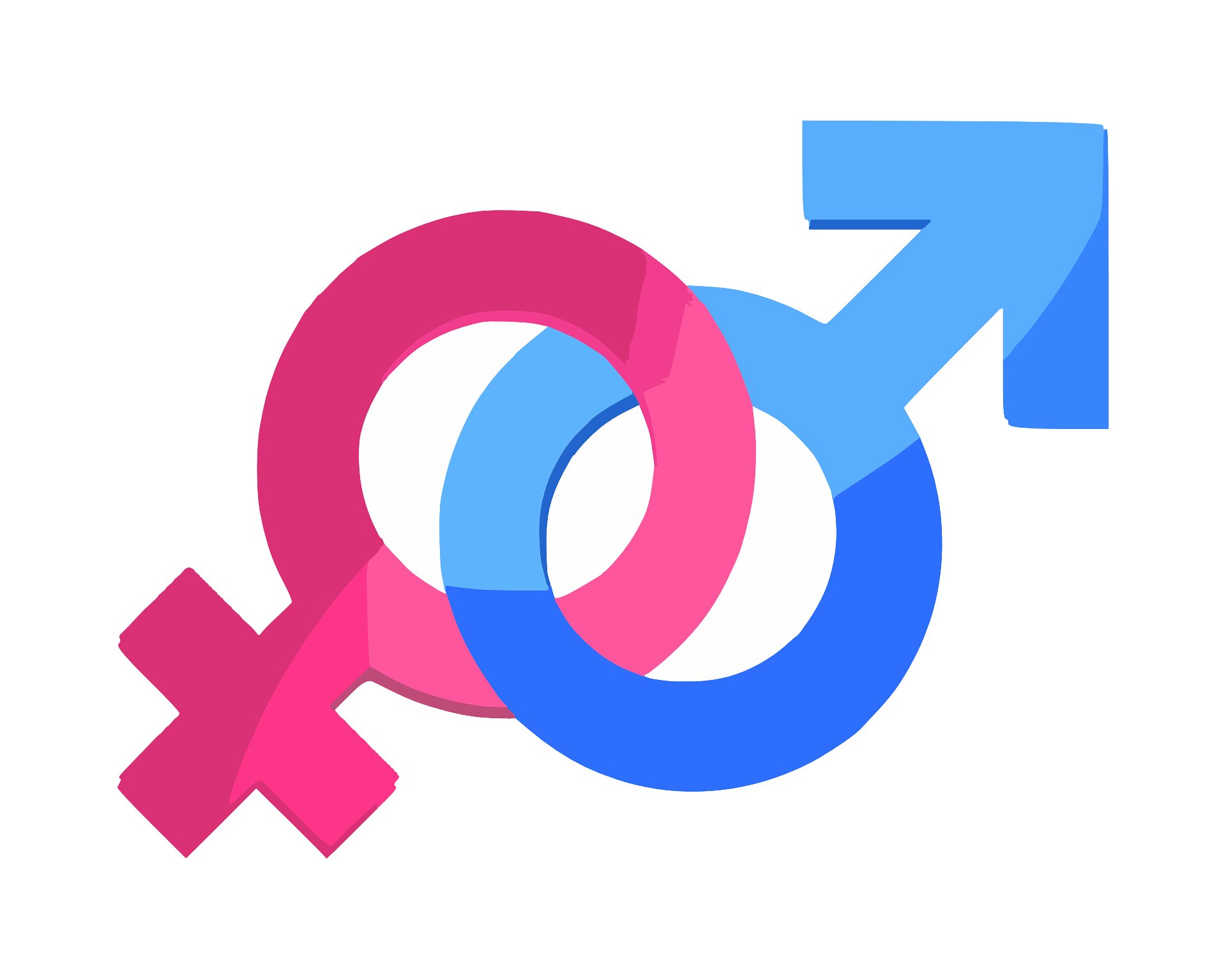Examining Global Health Disparities between Genders
In a recent study published in The Lancet Public Health journal, researchers delved into the profound differences in health outcomes between males and females aged 10 and older globally. Despite advancements, these disparities have persisted over the past three decades, revealing an urgent need for action.
Understanding the Divide: Sex vs. Gender
Before delving into the findings, it’s crucial to distinguish between “sex” and “gender.” While “sex” refers to biological and physiological characteristics, “gender” encompasses socially constructed roles, behaviors, and identities. These factors intertwine to shape distinct health experiences for men and women.
A Call for Data-Driven Action
The study serves as a clarion call for countries to enhance their collection and utilization of sex- and gender-specific data. By understanding these nuances, health strategies can be tailored to address the unique challenges faced by each gender.
Key Findings:
1. Disproportionate Burden on Males:
- Males face a higher burden of diseases leading to premature death, such as COVID-19, road injuries, cardiovascular diseases, respiratory diseases, and liver diseases.
- Notably, COVID-19 exhibited a stark discrepancy, with males experiencing significantly more health loss than females across all regions.
2. Growing Health Gap with Age:
- Disparities between genders increase with age, leaving females with higher levels of illness and disability throughout their lives due to their longer life expectancy.
3. Challenges Faced by Males:
- Males are disproportionately affected by conditions like heart disease, lung cancer, chronic kidney disease, and road injuries, particularly during their younger years.
- Addressing behavioral risks such as alcohol use and smoking is crucial in early interventions for men’s health.
4. Toll on Females:
- Females bear a disproportionate burden of non-fatal conditions, including musculoskeletal disorders, mental health conditions like depression and anxiety, headache disorders, Alzheimer’s disease, and HIV/AIDS.
- Mental health conditions, in particular, have a significant impact on females globally.
Urgent Need for Action
The study underscores the necessity for tailored, gender-informed health strategies to tackle the diverse health challenges faced by males and females. By leveraging sex- and gender-specific data, policymakers can craft effective interventions aimed at promoting health equity across populations and throughout the lifespan.















































